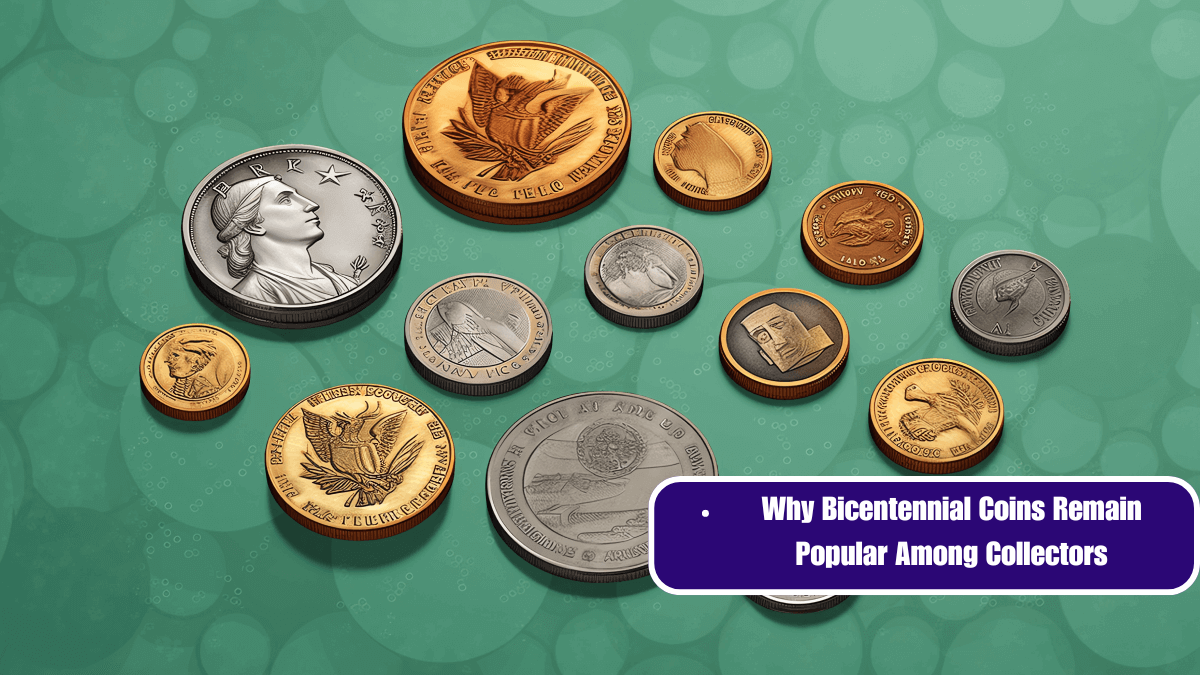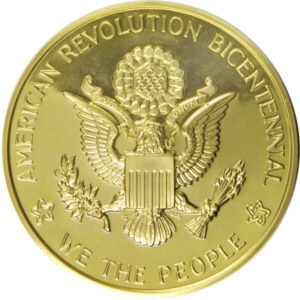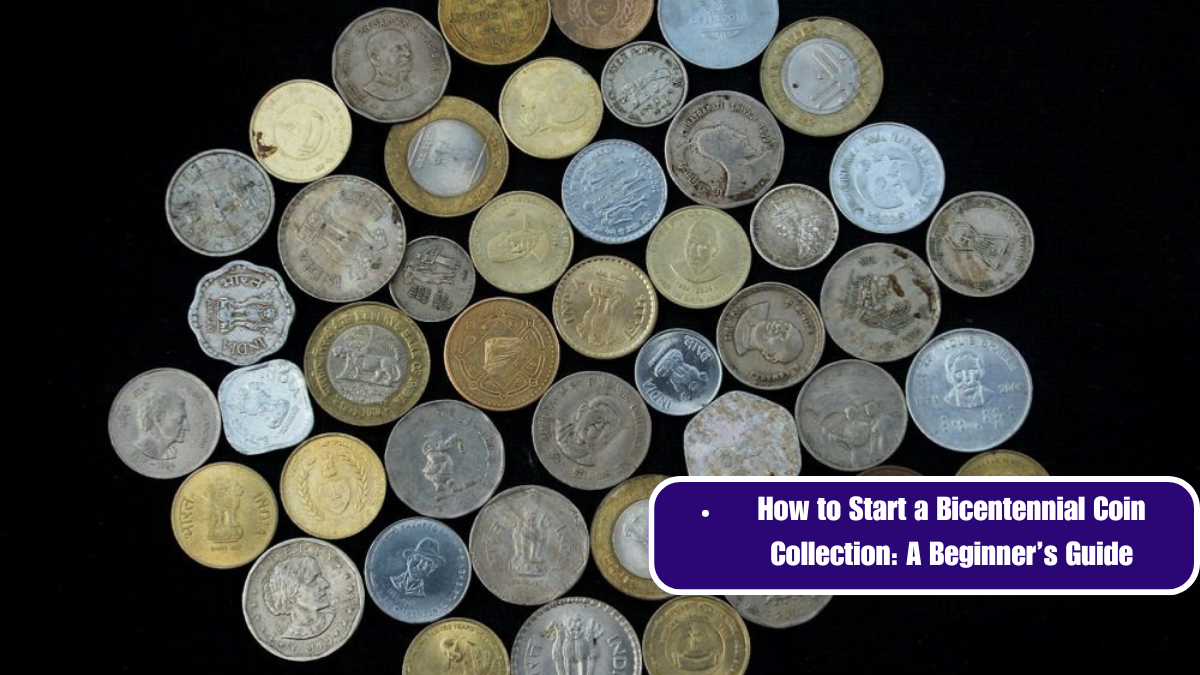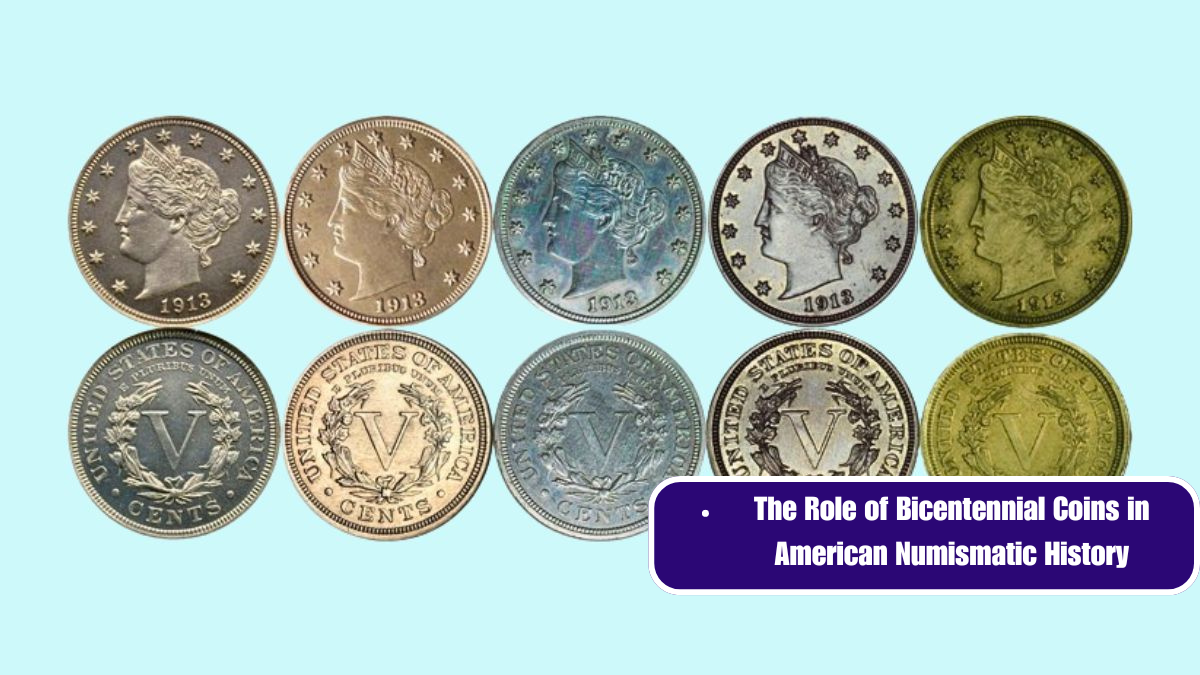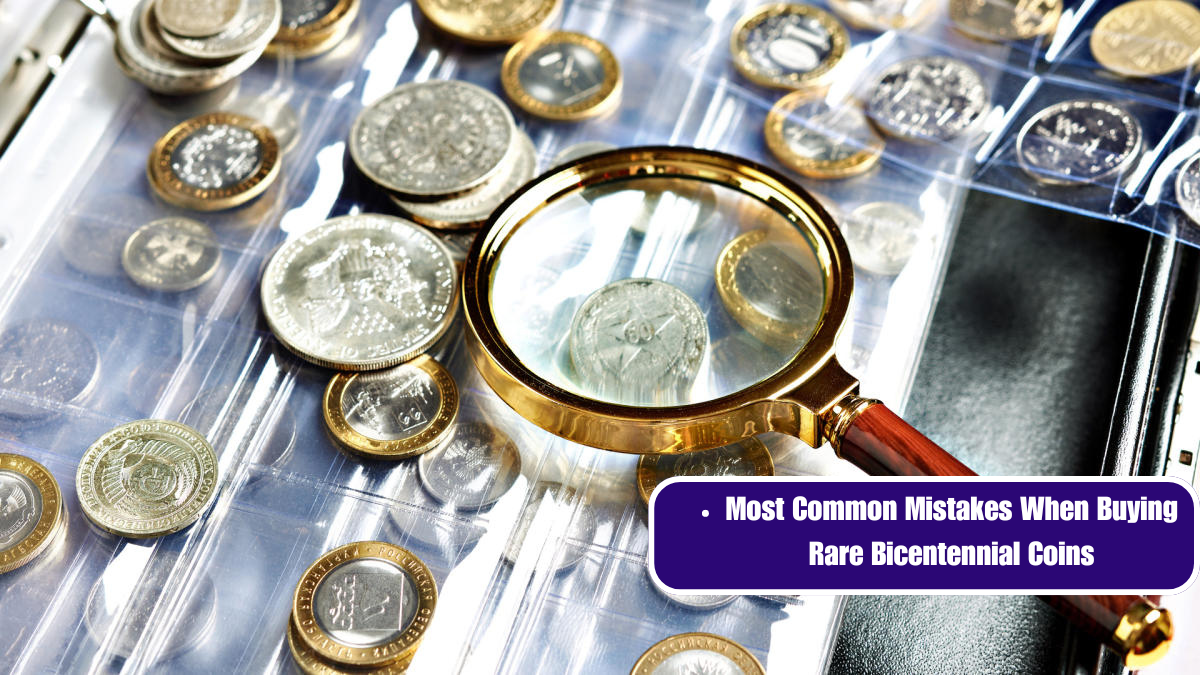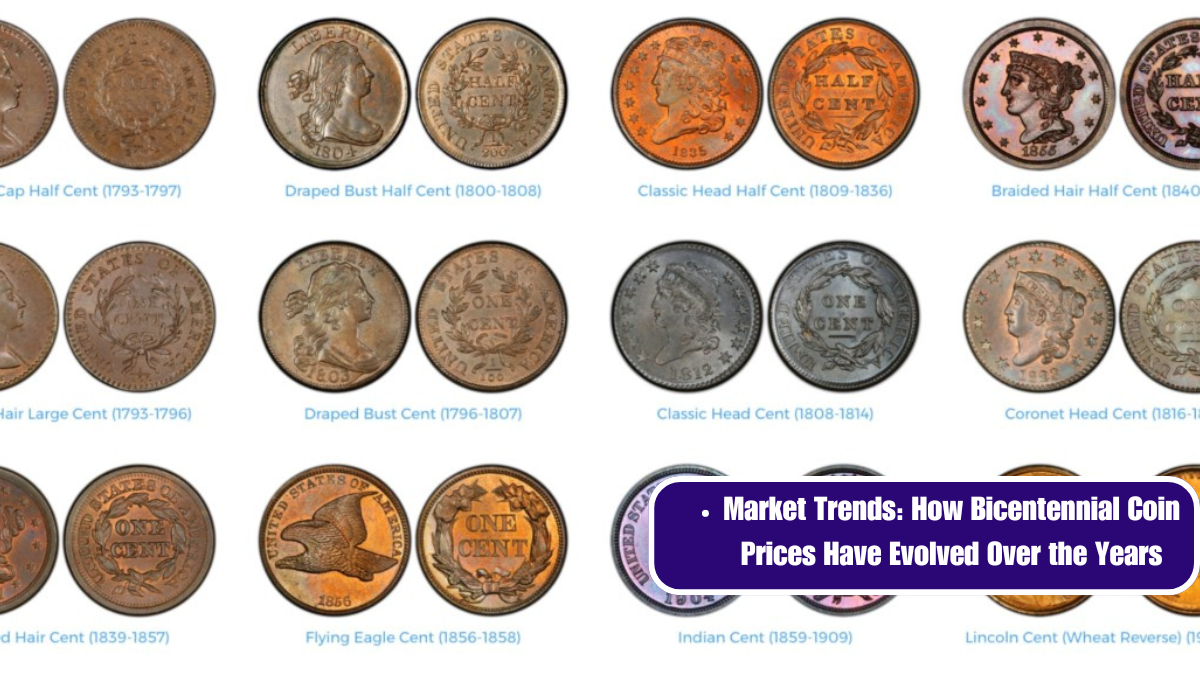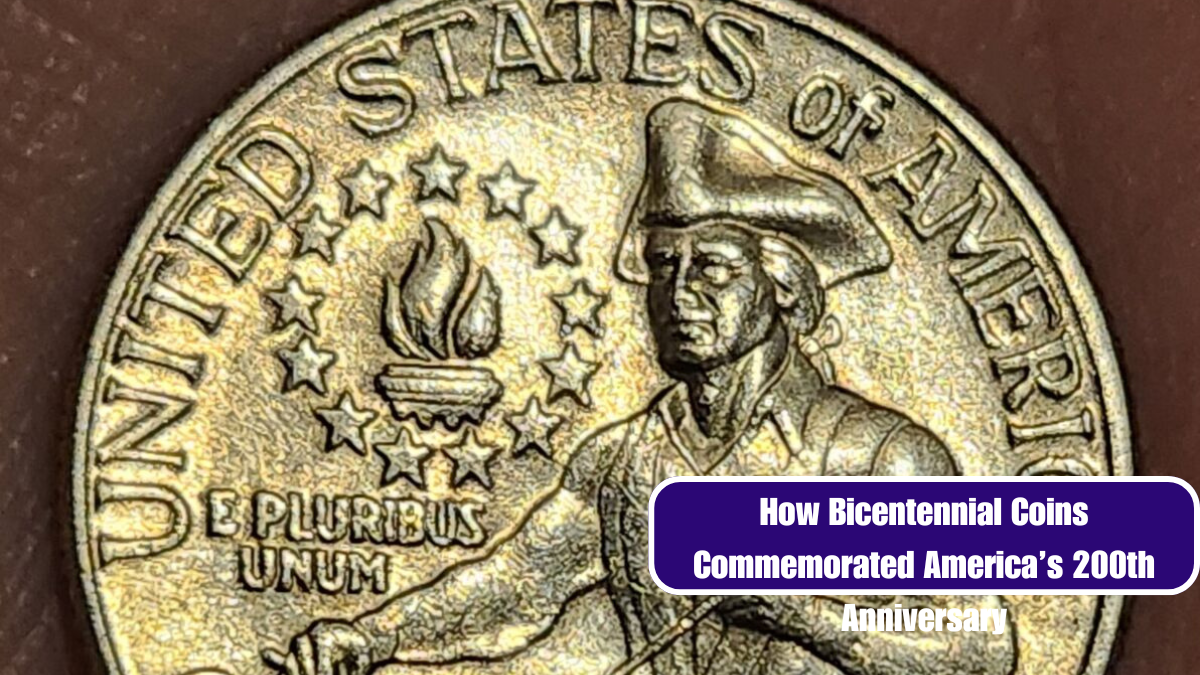Bicentennial coins, minted in 1975 and 1976 to commemorate the 200th anniversary of American independence, have continued to capture the interest and admiration of collectors for decades. These coins, which include the quarters, half dollars, and dollar coins featuring unique designs, hold a special place in numismatic history. Here’s a closer look at why these coins remain so popular among collectors.
Historical Significance
The Bicentennial coins were issued to celebrate the United States’ 200th birthday, marking a significant milestone in American history. Their release was a nationwide event that captured the spirit of patriotism and national pride. The historical context of these coins adds depth and meaning to their appeal. Collectors often value coins not just for their physical characteristics but for the stories and events they represent. The Bicentennial coins are a tangible link to the 1976 celebrations and a symbol of the country’s enduring legacy.
Unique Design Elements
Each denomination of the Bicentennial coinage features a distinctive design that sets it apart from other issues.
- Quarter: The reverse side of the Bicentennial quarter showcases a dramatic depiction of the Colonial drummer, an adaptation of the original design by John Flanagan. This design replaced the traditional eagle, adding a unique commemorative touch to the coin.
- Half Dollar: The Bicentennial half dollar features the Liberty Bell superimposed on the moon, with the traditional Franklin design replaced for the occasion. This combination of the Liberty Bell and the moon symbolizes the historical and futuristic aspirations of the United States.
- Dollar: The Eisenhower dollar was also redesigned for the Bicentennial. It features a dual image of the Liberty Bell and the moon, echoing the design elements of the half dollar, and a modified version of President Eisenhower’s portrait on the obverse.
The creativity and thoughtfulness behind these designs contribute to their enduring popularity. Collectors appreciate the novelty and artistic value of these coins, which differ significantly from their predecessors and successors.
Widespread Availability
The Bicentennial coins were minted in large quantities, ensuring that they are relatively easy to find compared to more rare and limited issues. The U.S. Mint produced these coins for two years to ensure ample supply, which means they are accessible to new collectors and enthusiasts. This availability makes them an attractive option for both seasoned numismatists and those just starting their collections.
Collecting and Investment Potential
Despite their large mintage, some Bicentennial coins have gained value over time, especially in high-grade or uncirculated conditions. Coins that were well-preserved and have been graded by professional services can command higher prices. The combination of their historical significance and potential for appreciation in value contributes to their appeal as investment pieces.
Educational Value
For collectors, especially those new to the hobby, Bicentennial coins offer an educational opportunity. They provide insight into American history and coinage design. Collectors often use these coins to teach others about the history of the U.S., the evolution of coin designs, and the significance of commemorative issues.
Cultural Impact
The Bicentennial coins also hold cultural significance. They are often remembered as part of the broader celebrations of the 1976 bicentennial year, which included various public events, memorabilia, and national festivities. The coins are a reminder of a time when the nation came together to celebrate its heritage, and they continue to evoke a sense of nostalgia and patriotism.
The enduring popularity of Bicentennial coins among collectors can be attributed to their historical significance, unique designs, and the sense of national pride they represent. Their accessibility and potential for value appreciation further enhance their appeal. Whether for their historical context, artistic merit, or investment potential, Bicentennial coins remain a cherished part of American numismatic history.
